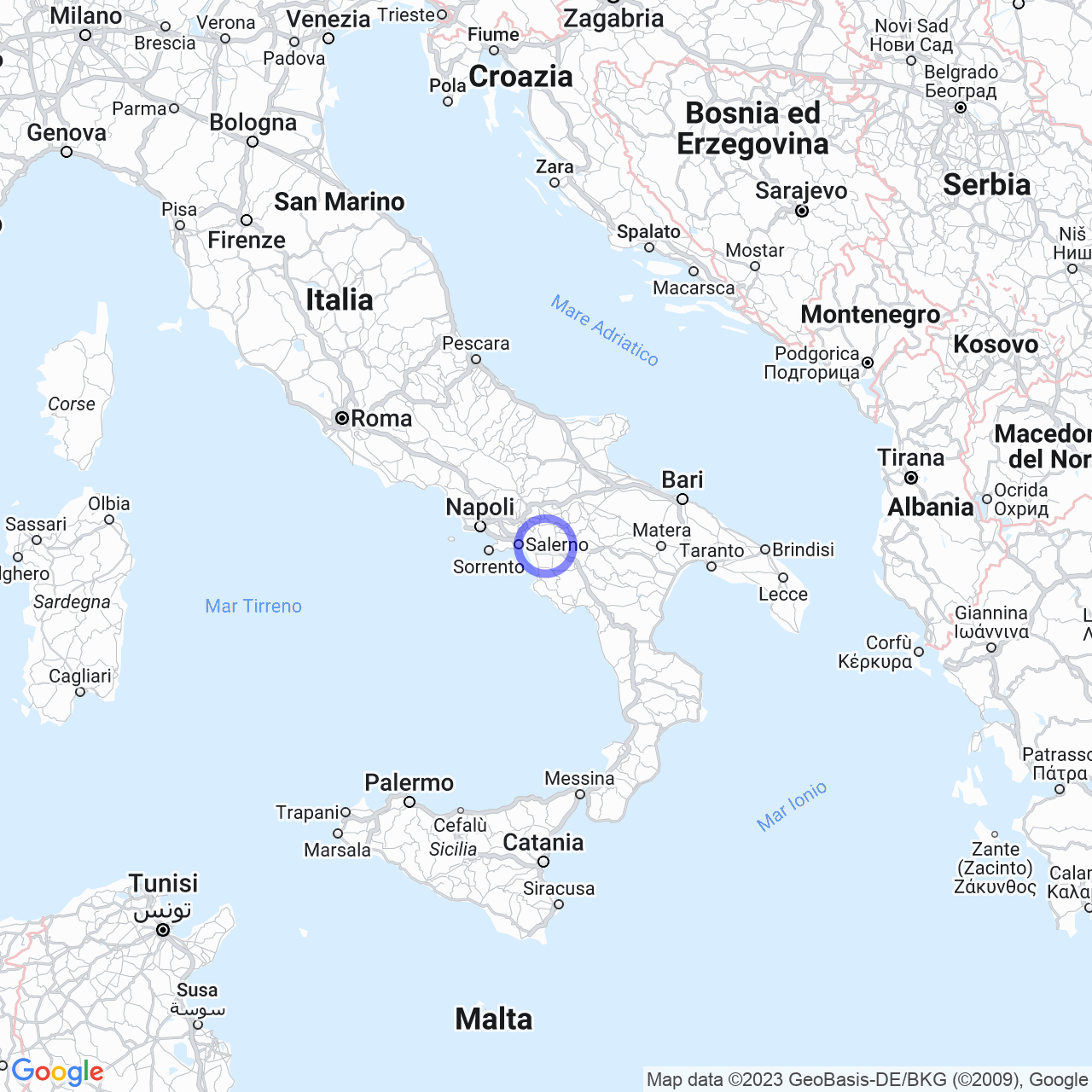Avigliano
Avigliano: the city of mountains
If you happen to find yourself in Basilicata, you cannot miss Avigliano, the city of mountains. With its 10,708 inhabitants, it is located in the north-western part of the province of Potenza and was awarded the heraldic title of city by the President of the Republic Francesco Cossiga in 1991.
Territory
A peculiar feature of Avigliano is its mountainous territory. The city is located at an altitude of 800 meters and overlooks the surrounding mountains, such as Monte Caruso (1239 m), Monte Carmine (1228 m), Monte Sant'Angelo (1121 m), and Monte Alto (938 m). This makes Avigliano an ideal destination for lovers of trekking and untouched nature.

Climate
The climate in Avigliano is moderately cold. The average annual temperature is 12 degrees Celsius, with a difference of about 18 degrees between the coldest month (January, with an average of 3.3 degrees Celsius) and the warmest month (July, with an average of 21.4 degrees Celsius). The average annual rainfall is 844 mm, with a maximum of 1192 mm and a minimum of 679 mm; the number of rainy days in a year is 92.
Origins of the name
The exact origin of the name Avigliano is unknown. According to some sources, it derives from "avis locum" (place of birds), a name given by some oriental sailors; according to other sources, instead, it derives from "locum avellani" (place of hazelnuts).
History
Middle Ages
The first written evidence of the existence of Avigliano dates back to the early Middle Ages. The first document mentioning the city dates back to 1127, when it was under Norman rule. In 1137, the Council of Melfi V was held in Avigliano, during which Pope Innocent II lifted the excommunication of the monks of Montecassino, supporters of the antipope Anacletus II. During that period, the city also hosted Emperor Lothair II of Supplimburgo and his troops.
In the following century, Frederick II of Swabia built a castle in Lagopesole, a fraction of Avigliano, intended for falconry. In 1290, the first Dominican Order convent in Basilicata was built in Avilio.
Sixteenth and Seventeenth Centuries
In the sixteenth century, Avigliano was established as a university town of the Kingdom, and the powers of the feudal lords were limited with a convention signed in 1579. In 1612, the fief passed to the Doria family.
Earthquake and Famine
In 1694, Avigliano was hit by a severe famine caused by drought and suffered damage from the earthquake of Irpinia and Basilicata of the same year, which destroyed about twenty houses and severely damaged the baronial palace and the mother church. No fatalities were recorded, and the population decided to erect a votive chapel to the Blessed Virgin Mary of Mount Carmel as a gesture of thanks for having been spared greater damage.
Conclusions
Visit Avigliano, the city of mountains, to discover its ancient history and its mountainous territory. You can go on nature hikes, enjoy breathtaking views, and enjoy the tranquility of a city that has preserved its typical features.
